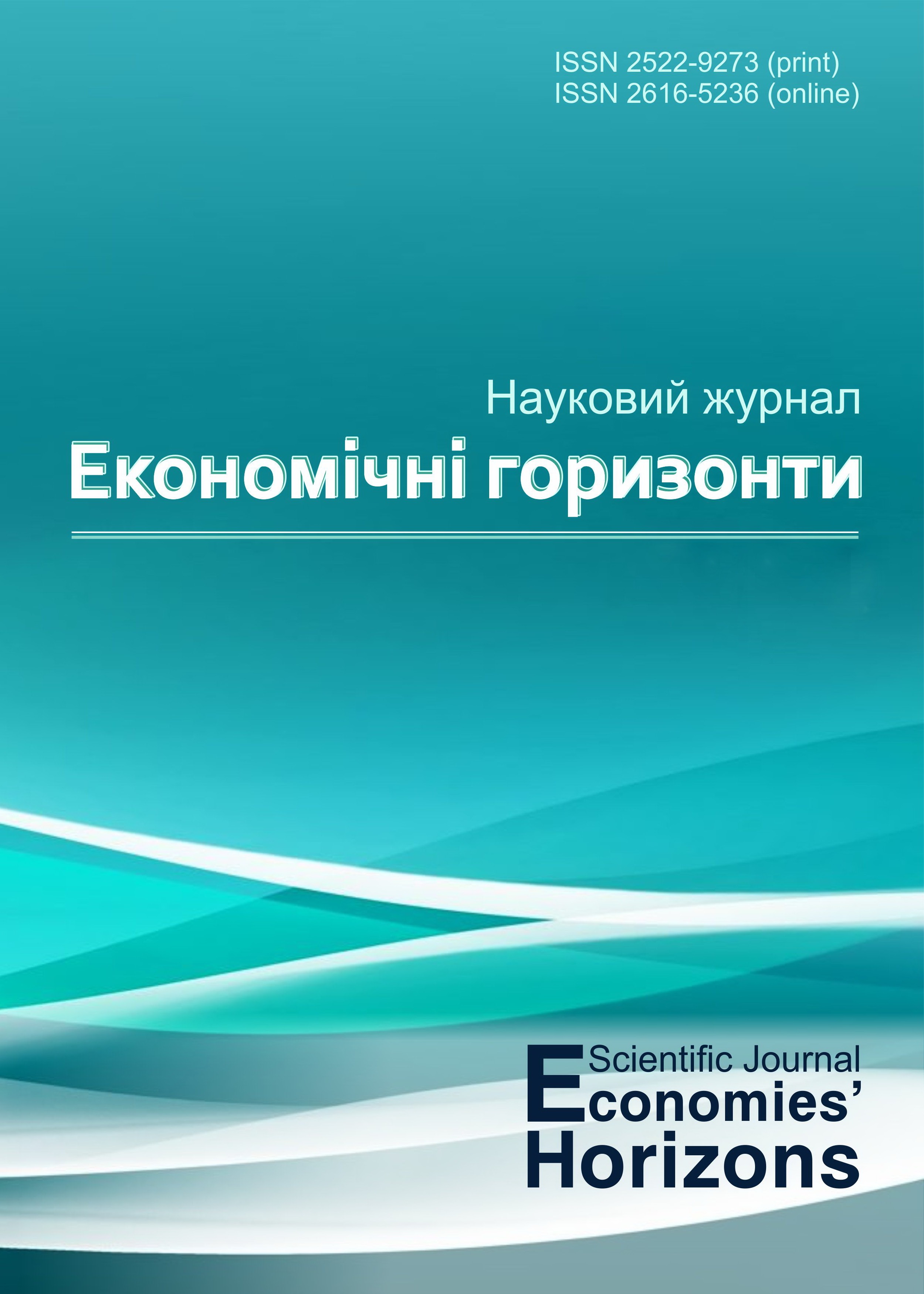МОДЕЛЮВАННЯ АДАПТИВНИХ МЕХАНІЗМІВ ОПТИМАЛЬНОГО КОНТРОЛЮ У ПРИЙНЯТТІ ФІНАНСОВИХ РІШЕНЬ: ЕКСПЕРИМЕНТАЛЬНИЙ ТА ІМІТАЦІЙНИЙ ПІДХІД
DOI:
https://doi.org/10.31499/2616-5236.3(32).2025.334500Ключові слова:
фінансові рішення, шахрайська поведінка, адаптивний контроль, імітаційне моделювання, рівновага Неша, фінансові ринки, стратегічна поведінка, регулювання, перевірки, штрафиАнотація
У статті досліджено динаміку вибору стратегій у прийнятті фінансових рішень за умов адаптивного контролю з метою аналізу ефективності механізмів перевірок і штрафів у стримуванні шахрайської поведінки. Застосовано експериментальний підхід (інтерактивна гра на платформі oTree), імітаційне моделювання (Python, ланцюги Маркова) та аналітичний аналіз рівноваги Неша.
Результати показали, що адаптивні механізми контролю, які динамічно змінюють частоту перевірок і штрафи, ефективніше знижують рівень шахрайства порівняно зі статичними моделями. Висока ймовірність перевірок стримує шахрайство, але передбачувані перевірки втрачають ефективність через адаптацію гравців
Посилання
Tharifah, N. T., Yahya, I., Sadalia, I., & Darwin, D. (2023). Factors Affecting Fraud in Financial Reports with the Fraud Triangle Perspective in SOE Companies on the Indonesia Stock Exchange. International Journal of Research and Review, 10(6), 496-508. https://doi.org/10.52403/ijrr.20230662
Khamainy, A., Amalia, M., Cakranegara, P., & Indrawati, A. (2022). Financial statement fraud: the predictive relevance of fraud hexagon theory. Journal of Accounting and Strategic Finance, 5(1), 110-133. https://doi.org/10.33005/jasf.v5i1.249
Azhari, H. and Lenggogeni, L. (2024). Determinants of fraudulent financial statements using an approach fraud hexagon. Dinasti International Journal of Economics Finance & Accounting, 4(6), 744-756. https://doi.org/10.38035/dijefa.v4i6.2244
Indriana, D. and Anshori, M. (2022). Internal control moderates the influence of the fraud hexagon on financial statement fraud. Berkala Akuntansi Dan Keuangan Indonesia, 7(2), 239-265. https://doi.org/10.20473/baki.v7i2.36732
Murphy, P. R., & Dacin, M. T. (2011). Psychological pathways to fraud: Understanding and preventing fraud in organizations. Journal of Business Ethics, 101(4), 601-618. DOI: 10.1007/s10551-011-0741-0
Setyono, B., Sunarto, S., & Andini, R. (2023). The Effect of Fraud Hexagon on Financial Statement Fraud. Dinasti International Journal of Economics, Finance & Accounting, 4(3), 454–465. https://dinastipub.org/DIJEFA/article/view/2244
Feng, L. (2024). Identification and prevention of financial fraud of merger and acquisition target of public company: taking the acquisition of grand image advertising by tianshan animal bio-engineering as an example. Advances in Economics Management and Political Sciences, 83(1), 117-125. https://doi.org/10.54254/2754-1169/83/20240727
Bagus, M., Rizal, N., & Lastianti, S. (2020). Determinant of fraud pentagon in detecting finance of financial statements. Assets Jurnal Ilmiah Ilmu Akuntansi Keuangan Dan Pajak, 4(1), 32-41. https://doi.org/10.30741/assets.v4i1.563
Murphy, P. R., & Free, C. (2016). Broadening the fraud triangle: Instrumental climate and fraud. Behavioral Research in Accounting, 28(1), 41–56. https://doi.org/10.2308/bria-51083
Omukaga, K. (2020). Is the fraud diamond perspective valid in Kenya? Journal of Financial Crime, 28(3), 810-840. https://doi.org/10.1108/jfc-11-2019-0141
oTree Hub. URL: https://www.otreehub.com/
##submission.downloads##
Опубліковано
Як цитувати
Номер
Розділ
Ліцензія

Ця робота ліцензується відповідно до Creative Commons Attribution-NonCommercial 4.0 International License.




